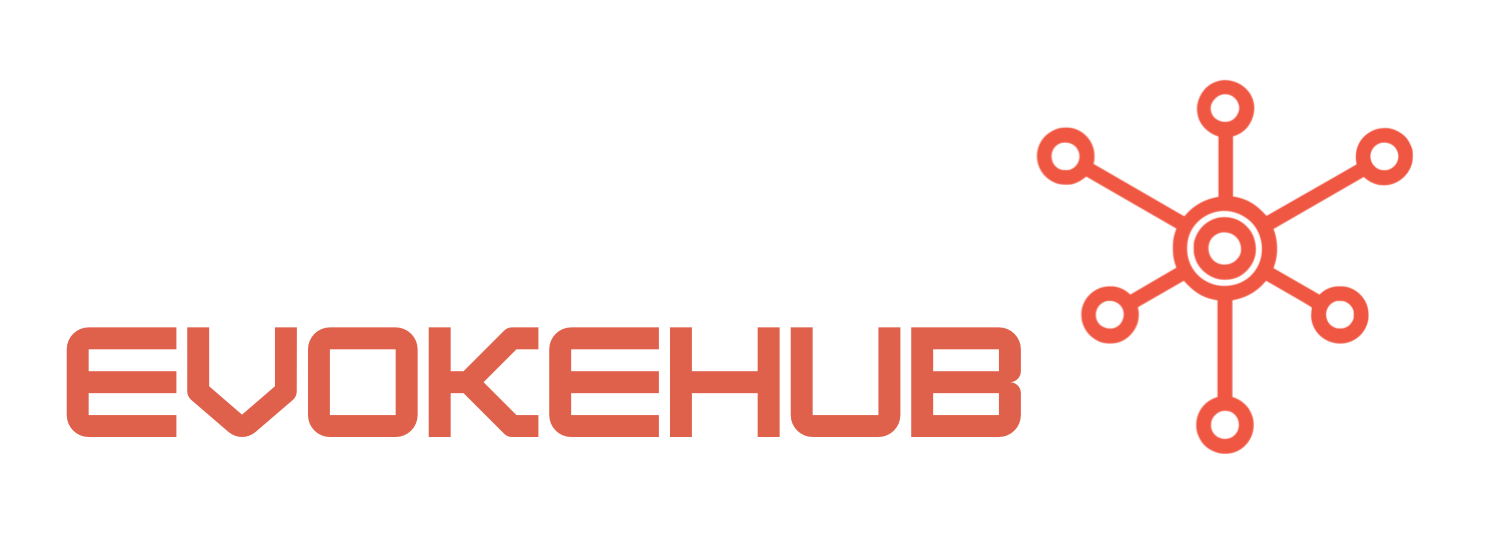Exploring Orleans Architecture for Scalability and Performance
Orleans is designed around the concept of virtual actors, which are lightweight, stateful components that can be created, destroyed, and interacted with asynchronously. This architecture allows developers to focus on the application logic without having to manage the complexities of concurrency and state synchronization. Each actor can be thought of as an independent unit that can scale horizontally across numerous servers, enhancing performance and throughput. The Orleans runtime abstracts the details of managing these actors, providing a seamless experience for developers to build scalable applications.
In addition to its actor model, Orleans implements a system of grain silos, which work as host processes that manage the lifecycle of actors. This silo architecture allows for easy scaling by simply adding or removing silos as needed. The grains communicate through asynchronous messaging, thus minimizing latency and increasing responsiveness. Furthermore, Orleans’ ability to automatically handle state persistence and recovery ensures that applications are resilient and can withstand failures without data loss. For more technical insights, you can visit Microsoft’s official Orleans documentation.
Orleans also offers a unique feature called “streaming,” which enables real-time data processing across actors. This is particularly useful for applications requiring live data feeds, such as gaming, IoT, or financial systems. By taking advantage of Orleans’ event-driven architecture, developers can build applications that respond instantly to changes in data, thereby enhancing user experience and engagement. The combination of scalability, performance, and ease of use makes Orleans a compelling choice for real-time .NET applications.
Leveraging Cosmos DB for Real-Time Data Storage Solutions
Azure Cosmos DB stands out in the database landscape due to its global distribution, multi-model support, and automatic scaling capabilities. It enables developers to create applications with low-latency data access across the globe, which is essential for real-time applications where speed is crucial. Cosmos DB supports various data models, including document, key-value, graph, and column-family, providing flexibility in how data can be structured and accessed. This adaptability allows developers to choose the model that best fits their application needs.
Another key advantage of Cosmos DB is its strong consistency and availability guarantees. With features like multi-region writes and automatic failover, developers can design applications that remain operational even in the face of infrastructure failures. This durability is critical for real-time applications, where data integrity and availability are paramount. The database also provides built-in support for change feeds, enabling applications to react to changes in data as they happen. For more information on these features, you can refer to Azure Cosmos DB documentation.
Integrating Cosmos DB with Orleans enhances the capabilities of both technologies. Orleans can manage the lifecycle of grains while leveraging Cosmos DB for persistent storage. This integration allows grains to maintain state seamlessly, providing high availability and low-latency access to data. Developers can utilize Cosmos DB’s SQL-like query language to efficiently retrieve and manipulate data, further improving application performance. By combining the strengths of Orleans and Cosmos DB, developers can create sophisticated real-time applications that meet modern user demands.
The integration of Microsoft Orleans with Azure Cosmos DB offers a powerful solution for building scalable, performant, and resilient real-time .NET applications. Orleans’ virtual actor model, coupled with Cosmos DB’s global distribution and low-latency capabilities, provides developers with the tools they need to deliver exceptional user experiences. As the demand for real-time data processing and responsiveness continues to rise, this cutting-edge combination will be pivotal in shaping the future of application development. Embracing these technologies can empower organizations to innovate and adapt in an ever-evolving digital landscape.




